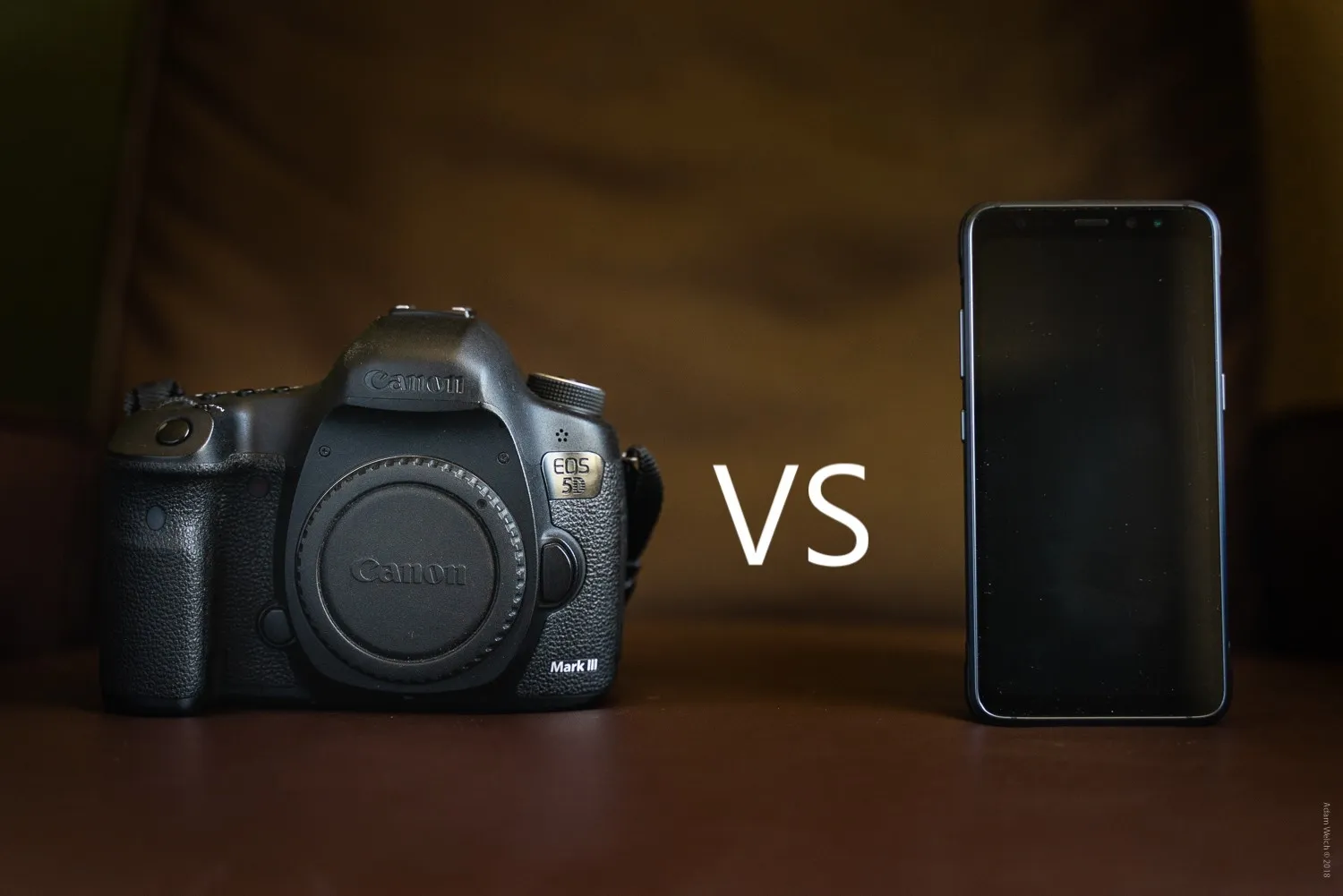Digital Camera vs. Smartphone: Which One Captures Better Photos?

Strong 8k brings an ultra-HD IPTV experience to your living room and your pocket.
Introduction
In today's fast-paced digital era, nearly everyone carries a smartphone equipped with a powerful camera. From casual snapshots to social media-ready content, smartphones have revolutionized photography accessibility. Yet, for those who prioritize image quality, creative control, and professional-grade results, the debate continues: Digital Camera vs. Smartphone—Which truly captures better photos?
In this comprehensive comparison, we’ll explore key differences between smartphones and the latest digital cameras, examining aspects such as image quality, sensor size, manual controls, versatility, and value for various users.
Understanding the Core Differences
Sensor Size: The Foundation of Image Quality
One of the most critical factors affecting image quality is the size of the sensor. Latest digital cameras—whether DSLRs, mirrorless, or even advanced compacts—typically feature larger sensors compared to smartphones. This allows them to capture more light, resulting in better low-light performance, higher dynamic range, and finer image detail.
Smartphones, while advancing with computational photography, still use much smaller sensors. This inherently limits their capability in challenging lighting conditions, often resulting in noise or reduced sharpness.
Optics and Lens Flexibility
Digital cameras offer the flexibility to switch lenses based on the shooting scenario—wide-angle, telephoto, macro, and even specialty lenses like fisheye or tilt-shift. This gives photographers complete creative freedom and better optical performance.
Smartphones have made progress by introducing multiple lens systems (e.g., ultra-wide and zoom cameras), but these are often constrained by compact designs and fixed apertures. The optical zoom on smartphones is generally limited compared to the zoom range on dedicated cameras.
Manual Controls and Creative Freedom
Photography as an Art
For enthusiasts and professionals, photography is more than just pointing and shooting. Manual control over shutter speed, ISO, aperture, and focus is essential for crafting the perfect shot. With digital cameras, these settings are easily accessible and more precise, providing deeper creative possibilities.
While some smartphones offer manual or "Pro" modes, they’re often hidden in menus and lack the tactile experience and responsiveness found in dedicated camera dials or buttons.
Software and Computational Photography
How Smartphones Compensate with AI
One area where smartphones excel is computational photography. Features like portrait mode, night mode, HDR stacking, and automatic scene recognition allow even novice users to capture impressive images.
However, while this makes smartphones very capable, the reliance on software can sometimes lead to over-processed images, reduced realism, and loss of fine detail—issues that latest digital cameras avoid by capturing higher-quality data at the source.
Image Quality in Different Scenarios
Low-Light Photography
In dim environments, digital cameras with large sensors and fast lenses produce cleaner, sharper images. Smartphone cameras often require aggressive noise reduction or use night mode, which can introduce artifacts or unnatural effects.
Action and Sports Photography
Cameras like the Canon EOS R series or Sony’s Alpha line are equipped with high-speed autofocus and burst shooting capabilities, making them ideal for sports or wildlife. Smartphones, while decent, still lag behind in tracking fast-moving subjects with precision.
Portraits and Depth of Field
A major distinction lies in background blur (bokeh). Digital cameras achieve natural bokeh due to their lens optics and sensor size, whereas smartphones simulate it via software. While the results are impressive, especially in modern flagships, they often struggle with accuracy around hair or glasses.
Storage, Battery Life, and Workflow
Storage and File Formats
Digital cameras typically shoot in RAW format, giving photographers flexibility in post-processing without degrading image quality. Smartphones also support RAW now, but file management can be cumbersome due to limited onboard storage.
Cameras also allow the use of SD or CFexpress cards, offering expandable storage—a vital feature for event and travel photographers.
Battery Life
Cameras have removable, dedicated batteries that last significantly longer than most smartphone batteries during extensive shooting sessions. Professionals appreciate this when covering weddings, sports, or documentary work.
Who Should Choose What?
Smartphones Are Ideal for:
Everyday photography and social media content
Travel where space and convenience matter
Casual users wanting good results with minimal effort
Digital Cameras Are Best for:
- Photography enthusiasts and professionals
- Content creators who prioritize quality over convenience
- Scenarios where control, detail, and versatility are crucial
Affordability and Market Options in Pakistan
If you're considering upgrading to a digital camera, Pakistan's camera market offers a wide range of options—from entry-level mirrorless models to high-end DSLRs. In particular, the Nisbat Road Camera market in Lahore is known for its wide selection, authentic gear, and knowledgeable sellers.
For those looking to explore reliable buying options from the comfort of home, many Pakistani photographers prefer to Buy Camera Online due to competitive pricing and access to the latest models.
Conclusion: The Right Tool for the Right Moment
So, Digital Camera vs. Smartphone—who wins? The answer lies in what you need from your photography.
Smartphones are incredibly convenient and constantly improving, but they still can’t match the flexibility, quality, and control offered by the latest digital cameras. Whether you’re pursuing professional work or simply value the best image quality possible, a digital camera remains an essential tool in your photography journey.
Note: IndiBlogHub features both user-submitted and editorial content. We do not verify third-party contributions. Read our Disclaimer and Privacy Policyfor details.




